When I first thought about how I read, I was shocked to realize that I have not read a paper book in almost a year. Don’t get me wrong, I love a good paper book. The smell of a brand new book, the feeling of turning the page and seeing the progress I’ve made after spending an hour reading. But now that I actually think about how I read, I realized that I read everything from my iPad mini since I bought it last summer.
I originally purchased my iPad mini as a tool to be used for school work since my laptop is outdated, slow and really heavy. I bought it under the impression that I would use it to take notes, read assigned texts, and have on the go access to Google drive to make changes to projects wherever I was. This was the perfect solution to my laptop problem that would not break my back or my bank. When I purchased the iPad I was still reading my leisure books in print, and the iPad was used solely for academic purposes. But I eventually found audio books that I could download on my iPad, and now I could finish a book while completing quality assurance at my job at Scholars Portal. Then I realized I can also download e-books onto my iPad and have access to multiple books at once without carrying them around with me. Looking back, I think this was the tipping point for me in terms of turning from paper print to electronic (and audio) versions.
Thinking about why I moved from one format to the other, I realized it had a lot to do with my life style. I commute for a good 90-120 minutes everyday to get to and from campus for work or lectures. Since I spend almost all day on campus, I need to prepare a meal or two and haul it around with me all day. On top of this, I have a gym bag. When you add it all up, I am practically a pack mule. So when I realized that I can have my books, notes, readings, emails, etc., all in a compact iPad mini, I slowly stopped using paper. I still have some classes for which I prefer to hand write my notes, but for the most part, everything I read is off of a screen since I purchased my iPad mini.
As for the specific format, I use the GoodNotes app for downloading readings and lecture slides, and Overdrive for downloading all of my e-books and audio books. A friend of mine introduced me to both of these apps and I am really happy with them. GoodNotes allows you to highlight, add text and shapes directly into a document, and you can also export and import documents. I also have all of my documents categorized based on course, which makes it easy to find everything I need. GoodNotes also has thumbnail views making it really easy to move through a document. GoodNotes has been a great solution to bringing a laptop to lectures.
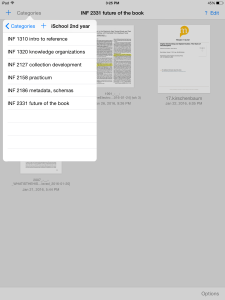

As much as I love using my iPad, I still miss paper books and I can see myself shifting back to using and buying paper books once my schedule is less hectic and I am less of a pack mule. Although it is very convenient to have everything I need on a devise, I have noticed that my eyes are beginning to hurt from all of the on screen reading I do.


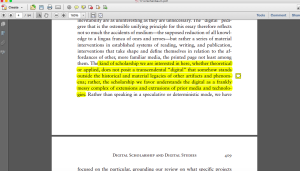 Figure 1. PDF
Figure 1. PDF
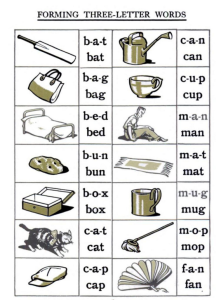
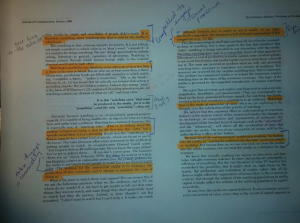
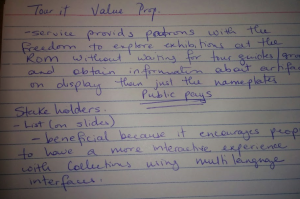
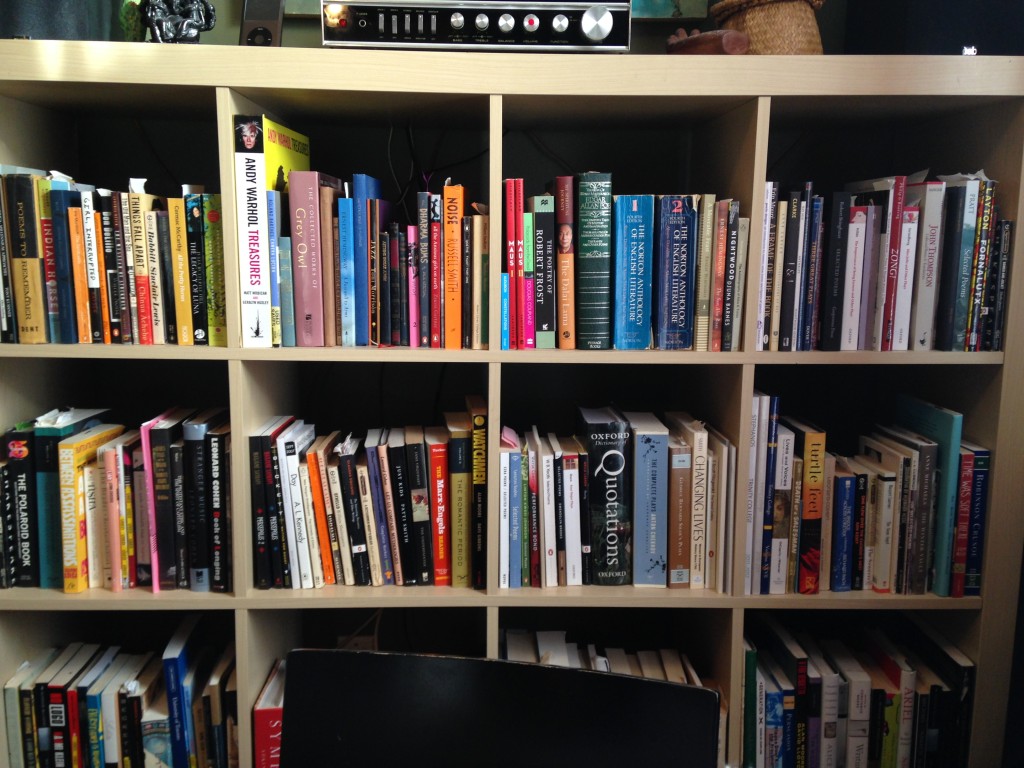 Photo: Author’s bookshelf (one).
Photo: Author’s bookshelf (one). 